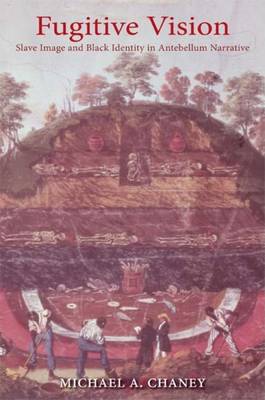
- Afhalen na 1 uur in een winkel met voorraad
- Gratis thuislevering in België vanaf € 30
- Ruim aanbod met 7 miljoen producten
- Afhalen na 1 uur in een winkel met voorraad
- Gratis thuislevering in België vanaf € 30
- Ruim aanbod met 7 miljoen producten
Omschrijving
Analyzing the impact of black abolitionist iconography on early black literature and the formation of black identity, Fugitive Vision examines the writings of Frederick Douglass, William Wells Brown, William and Ellen Craft, and Harriet Jacobs, and the slave potter David Drake. Juxtaposing pictorial and literary representations, the book argues that the visual offered an alternative to literacy for current and former slaves, whose works mobilize forms of illustration that subvert dominant representations of slavery by both apologists and abolitionists. From a portrait of Douglass's mother as Ramses to the incised snatches of proverb and prophecy on Dave the Potter's ceramics, the book identifies a "fugitive vision" that reforms our notions of antebellum black identity, literature, and cultural production.
Specificaties
Betrokkenen
- Auteur(s):
- Uitgeverij:
Inhoud
- Aantal bladzijden:
- 272
- Taal:
- Engels
- Reeks:
Eigenschappen
- Productcode (EAN):
- 9780253221087
- Verschijningsdatum:
- 18/03/2009
- Uitvoering:
- Paperback
- Formaat:
- Trade paperback (VS)
- Afmetingen:
- 155 mm x 234 mm
- Gewicht:
- 430 g

Alleen bij Standaard Boekhandel
Beoordelingen
We publiceren alleen reviews die voldoen aan de voorwaarden voor reviews. Bekijk onze voorwaarden voor reviews.








